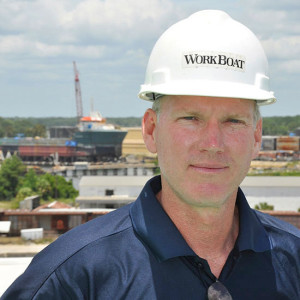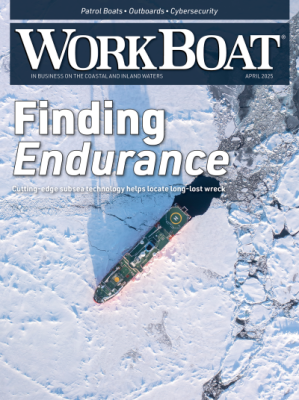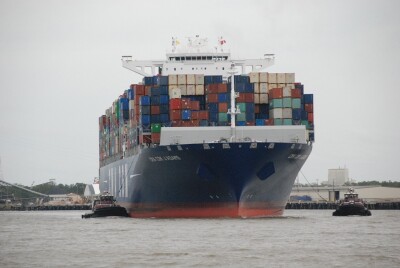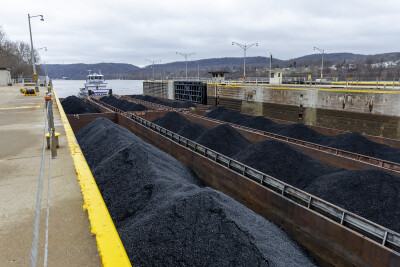I’m often asked how the NTSB chooses which marine accidents to investigate, and what role the U.S. Coast Guard (USCG) plays in our investigations. I had the same question when I first joined the NTSB’s Office of Marine Safety more than 20 years ago. The NTSB has specific authority under the United States Code and Code of Federal Regulations to investigate “major marine casualties.” These are accidents involving vessels that result in one or more of the following:
- The loss of six or more lives.
- The loss of a mechanically propelled vessel of 100 or more gross tons.
- Property damage initially estimated as $500,000 or more.
- Serious threat, as determined by the USCG commandant and concurred with by the NTSB chairman, to life, property, or the environment by hazardous materials.
Our authority to investigate covers major marine accidents on U.S. waters or those involving U.S.-flagged vessels worldwide. We also have the authority to investigate casualties involving public (owned by the U.S.) and nonpublic vessels. In these casualties the threshold is defined by at least one fatality or damages of $75,000 or greater. Our task in these investigations, whether a major marine casualty or a public and non-public casualty, is to determine the probable cause of the accident and identify safety recommendations that will prevent similar events in the future. We also investigate, independently or with other government agencies, marine accidents in which the United States is a substantially interested state (SIS), according to the International Maritime Organization’s “Code for the Investigation of Marine Casualties and Incidents.”
So, where does the USCG fit in? The USCG conducts preliminary investigations of all marine accidents, then notifies us when an accident qualifies as a major marine casualty. Unlike in other modes of transportation, such as aviation, where the NTSB leads the investigation, the USCG typically takes the lead in marine casualty investigations. Under a memorandum of understanding (MOU) between the NTSB and USCG, however, the NTSB may become the lead federal agency for the investigation, depending on the circumstances. This may occur when there is a significant marine accident that is a subset of a major marine casualty and is defined in the MOU as the following:
- The loss of three or more lives on a commercial passenger vessel.
- Loss of life or serious injury to 12 or more persons on any commercial vessel.
- The loss of a mechanically propelled commercial vessel of 1,600 or more gross tons.
- Any marine casualty with loss of life involving a highway, bridge, railroad, or other shore side structure.
- Serious threat, as determined by the USCG commandant and concurred with by the NTSB chairman, or their designees, to life, property, or the environment by hazardous materials.
- Significant safety issues, as determined by the commandant and concurred with by the chairman, or their designees, relating to Coast Guard marine safety functions.
If a marine casualty meets any of the above significant marine accident criterion the NTSB may elect to be the lead federal investigative agency.
In marine casualties involving a public (federal government) and a non-public vessel, if the vessel is Coast Guard the NTSB must investigate and be the lead federal agency. With casualties involving other public and non-public vessels, in most cases, the NTSB investigates as the lead federal agency.
The Office of Marine Safety typically investigates 30 to 40 marine accidents per year meeting the above criteria, and we do so with a staff of only 21 people, including investigators, writers, support staff and supervisors/managers. To get an overview of the Office of Marine Safety’s work, take a look at our Safer Seas Digest, which can be found on our ntsb.gov website, and summarizes our recent accident investigations and findings.





